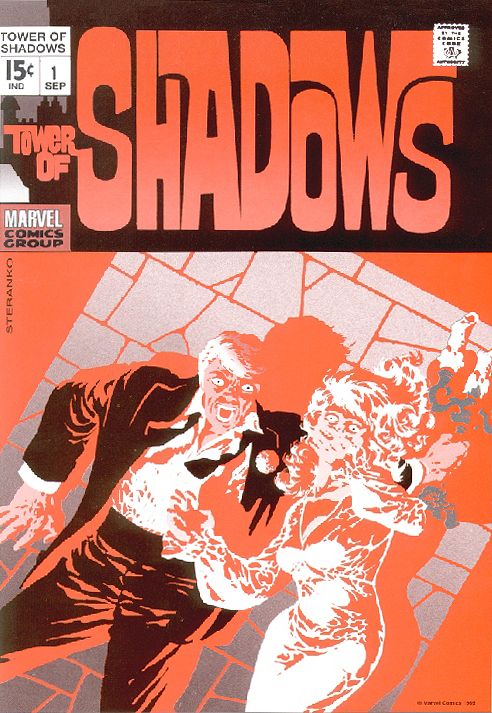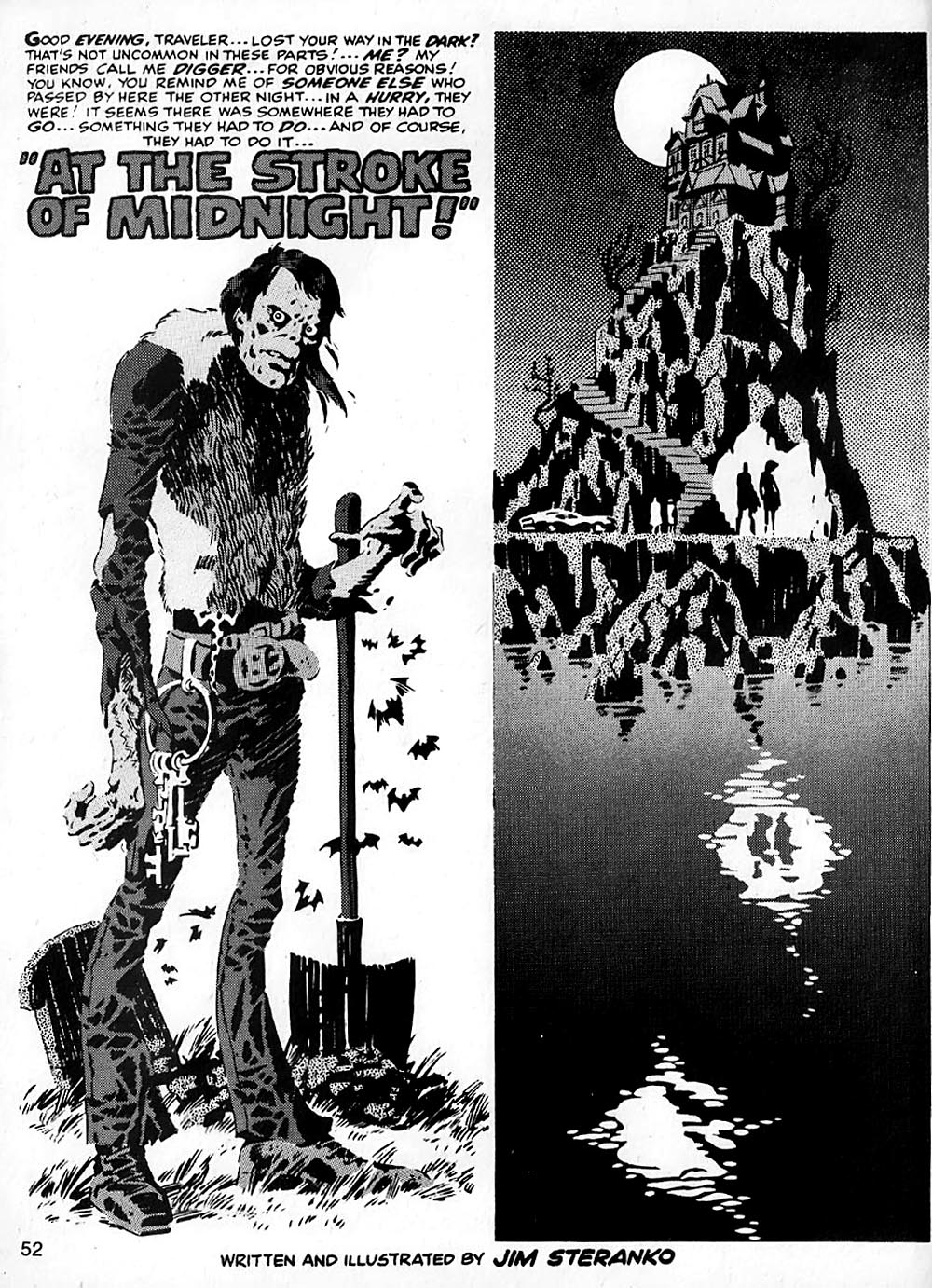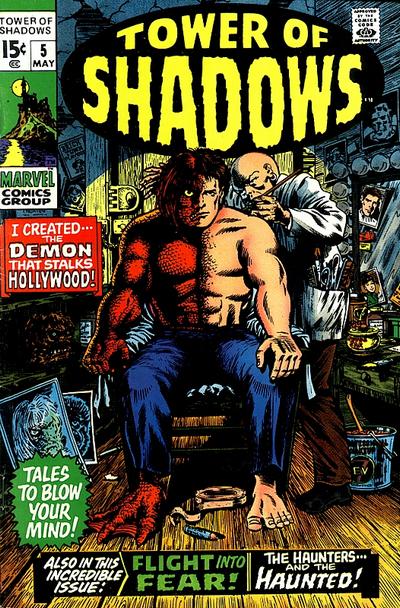

Not to mention sundry previews and concept art for a raft of projects that promised untold riches but never materialized, their very nonexistence lending what fragments of story and art we do have from them the mysterious aura of the “deconstructed narratives” that have so recently become popular in comics. Then the glorious neo-noir sleaze of Chandler – a work that rounds back onto the archetypal private-eye yarn while pushing the comics form into an utterly bizarre hybrid of prose and spot illustrations. There was the techno/horror freakout Frogs!, which pushed the gridded comics page to its absolute storytelling limit in a way that only Chris Ware has come close to since. A bewildering succession of strange experiments marks his next decade in graphic storytelling. Still, ever hungry for new frontiers and perhaps disenchanted by the shorts’ uniform failure as commercial items, Steranko turned away from the sliced-up darkness of those stories and focused his energies elsewhere. Tightly gridded, drenched in blacks, and displaying unexpected syntheses of cartoon and photorealism, they were comics unlike any that had come before, statements on an entirely new way of doing things by an artist who had mastered every aspect of his craft.


What all of these works had in common is that they were genre stories elevated to the level of art by the unique approach Steranko brought to them. There was the exuberant, flowing ‘60s romance of My Heart Broke in Hollywood, and then the oppressive, harsh-noise formalism of At the Stroke of Midnight, which saw expansions of its claustrophobic, meticulously staged aesthetic in the self-published The Block and the unreleased Dante’s Inferno. Here Steranko cemented an entirely unique way of drawing mainstream comics – both in concept and execution – and he played it to the hilt in his final two Marvel shorts. His journey begins with the straightforward pulp action of Spyman and winds through increasingly avant-garde formal gestures on SHIELD before exploding to life in his hugely innovative three-issue run on Captain America. Jim Steranko’s career in comics is one epic movement from familiar forms to newer, more experimental ones. "Captain Science and the Insidious Doctor Khartoum.The great experimenter’s greatest experiment.Forgotten Books: AMERICAN FRONTIERSMEN ON FILM and.Pulp Gallery: CLUES DETECTIVE STORIES (1937)."Surprise Attack" an American Eagle adventure by J.Saunders Saturday: Ridin' for the Bantam Brand.YouTube Theater: TIME TO KILL (The High Window) (1.Moments in Paperback History: LanceCon '86 (Part 2).STEPHEN MERTZ returns to detective fiction with SA.Comic Book Story: "The Spawn of Venus" by WALLY WOOD.Comic Gallery: CAPTAIN SCIENCE (1950-51).Forgotten Books: AT THE STROKE OF MIDNIGHT by John.Saunders Saturday: BASEBALL and FOOTBALL THRILLS.I've been watching 77 Sunset Strip on MeTV (you should be, too) and recently saw an episode called "The Inverness Cape," where Butler was credited as a co-writer.

He cut his pulp career short in 1943, when he succumbed to the call of Hollywood, where he turned out film treatments and screenplays for the next fifteen years. Unlike most of the other Hardboiled Dicks guys, Butler never got around to writing a novel. And all were scanned from the pulps, complete with illos and ads, the way they were meant to be read. All nine stories, originally published between 19 in Dime Detective. So I was mighty pleased when this complete collection came out in 1998 from Adventure House. (A few years back, I posted one of those non-series stories HERE.) But try as I might, I managed to score only two more Midnight adventures, along with a dozen or so other stories.
#Jim steranko at the stroke of midnight series
That Butler tale in The Hardboiled Dicks was "The Saint in Silver," starring his chief series character, Steve Midnight, making the rest of that series a high priority.


 0 kommentar(er)
0 kommentar(er)
